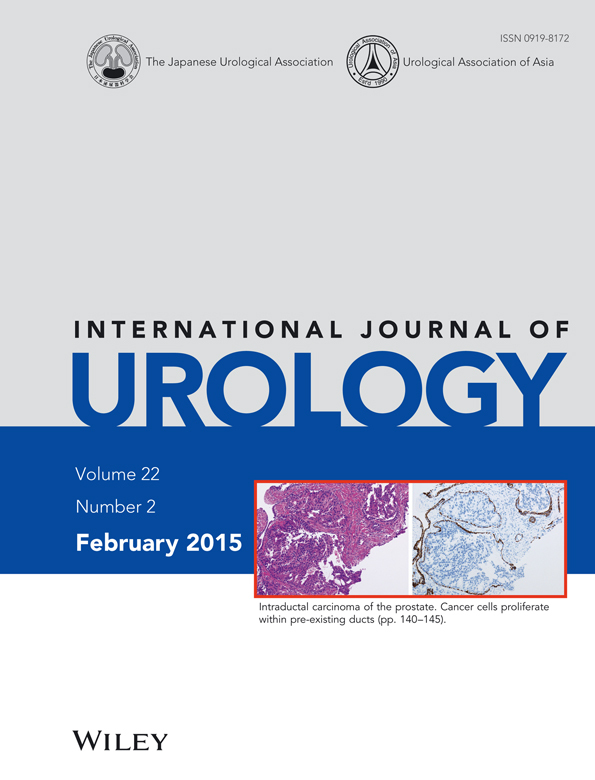Response to Editorial Comment to Manually controlled targeted prostate biopsy with real-time fusion imaging of multiparametric magnetic resonance imaging and transrectal ultrasound: An early experience
We appreciated the meaningful comments from Telonis and Mouraviev1 on our manuscript. We are pleased to reply to clarify our biopsy method for them and other physicians.
For the first comment, it is important to compare the present biopsy technique with the 3-D mapping multicore biopsy to evaluate the efficacy of the fusion image of magnetic resonance imaging (MRI) and transrectal ultrasound (TRUS). However, the comparison requires analysis in a larger population across multiple institutions. Our early results clearly showed a high cancer detection rate by adding the additional biopsy to the systematic template 12-core biopsies, and cancers detected by targeted biopsies using the present technique had a significantly higher grade and longer length compared with those detected by systematic biopsies.
For the second comment, we agree regarding the usefulness of multiple punctures in every region of interest (ROI) to take a large lesion from the biopsy core. In our recent cases, we have used this technique for small lesions. However, the technique is dependent on both the effectiveness of the biopsy and the risk of complications because of the multiple needle punctures.
For the third comment, the median biopsy time of the biopsy was 14 min (range 9–65 min), which included the MRI-TRUS fusion time and needle puncture time without anesthesia. However, the median needle puncture time was 7 min for the median 14 cores. As the present cases were the first time we had carried out this procedure, we required time to gain proficiency of the MRI-TRUS fusion technique on the device workstation. However, we do not feel that the process is difficult after initial training.
For the fourth comment, the comparison of the biopsy results and the spatial geographic location of the prostate cancer in the whole gland are important to evaluate the efficacy of the localization of the cancer in the prostate. Therefore, we analyzed the geographic location of prostate cancer in the prostate, and compared this with pathological step-sectioned prostatectomy specimens in the patients who underwent radical prostatectomy with Dickinson's classification, which is spatial distribution of the prostate.2 Then, Gleason scores in each ROI were compared with whole-gland specimens and biopsy cores. Further large studies of the comparisons between the pathological findings of whole-gland specimens will give a larger role to the present biopsy method.
For the fifth comment, although the median cancer detection rate of the targeted biopsy cores was 31.8%, the rates of cancer detection in the transition zone and peripheral zone on the prostate image-reporting and data system with 5, which means highly suspicious of malignancy, were 66.7% and 100%, respectively.3 Although the sample size was small, these data did not show a low rate of cancer detection. Further larger studies will contribute to setting the cut-off point of the prostate image-reporting and data system scores in the transition zone and peripheral zone to detect prostate cancer with high frequency.
Recently, some fusion devices for prostate cancer diagnosis have been approved by the US Food and Drug Administration.4, 5 In the near future, the new technique can be used with these devices, and can be evaluated based on comprehensive factors, such as accuracy of the biopsy, safety of the patients, easy usage by the physician and cost efficiency. Because the recent development of the prostate biopsy is an innovation in the clinical practice of diagnosing and treating prostate cancer, a great deal of discussion of the new biopsy technique would be expected.
Conflict of interest
None declared.




